The 2019-20 summer bushfires which engulfed thousands of kilometres of Australia have left a scarred landscape in their wake. The extent of the damage may never be fully known, but it has been estimated that more than one billion animals have died in the carnage.
As part of the recovery effort, AWC staff are out in the field assisting with several collaborative recovery projects.
The most ambitious of them all – securing the critically endangered Kangaroo Island Dunnart within a feral predator-free critical refuge – is now complete.
The Kangaroo Island Dunnart is now one of Australia’s most endangered mammals, after 95 per cent of its habitat was destroyed in recent bushfires.
With the species at imminent risk of extinction, we joined forces with Kangaroo Island Land for Wildlife and local landowners, the Doube family, to help secure its future.
The first stage of this project was to construct a 1.7 kilometre predator-proof fence, creating a 13.8 hectare critical refuge around an area of unburnt habitat where the dunnarts have been detected.
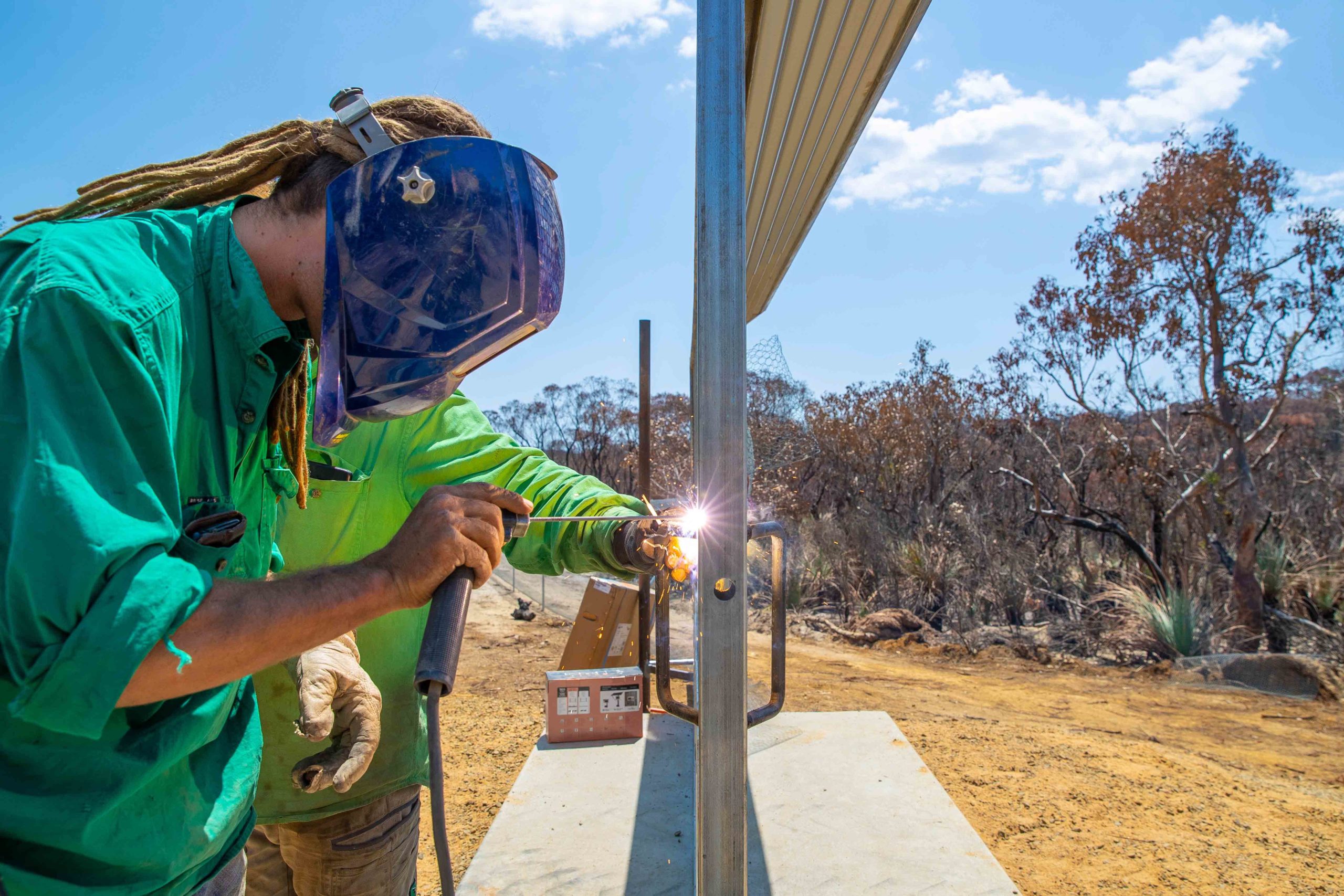 © Brad Leue/AWC
© Brad Leue/AWC
With assistance from the Australian Army, the fence was completed in record time and closed on 8 February 2020. Encouragingly, dunnarts were detected inside the critical refuge the following week.
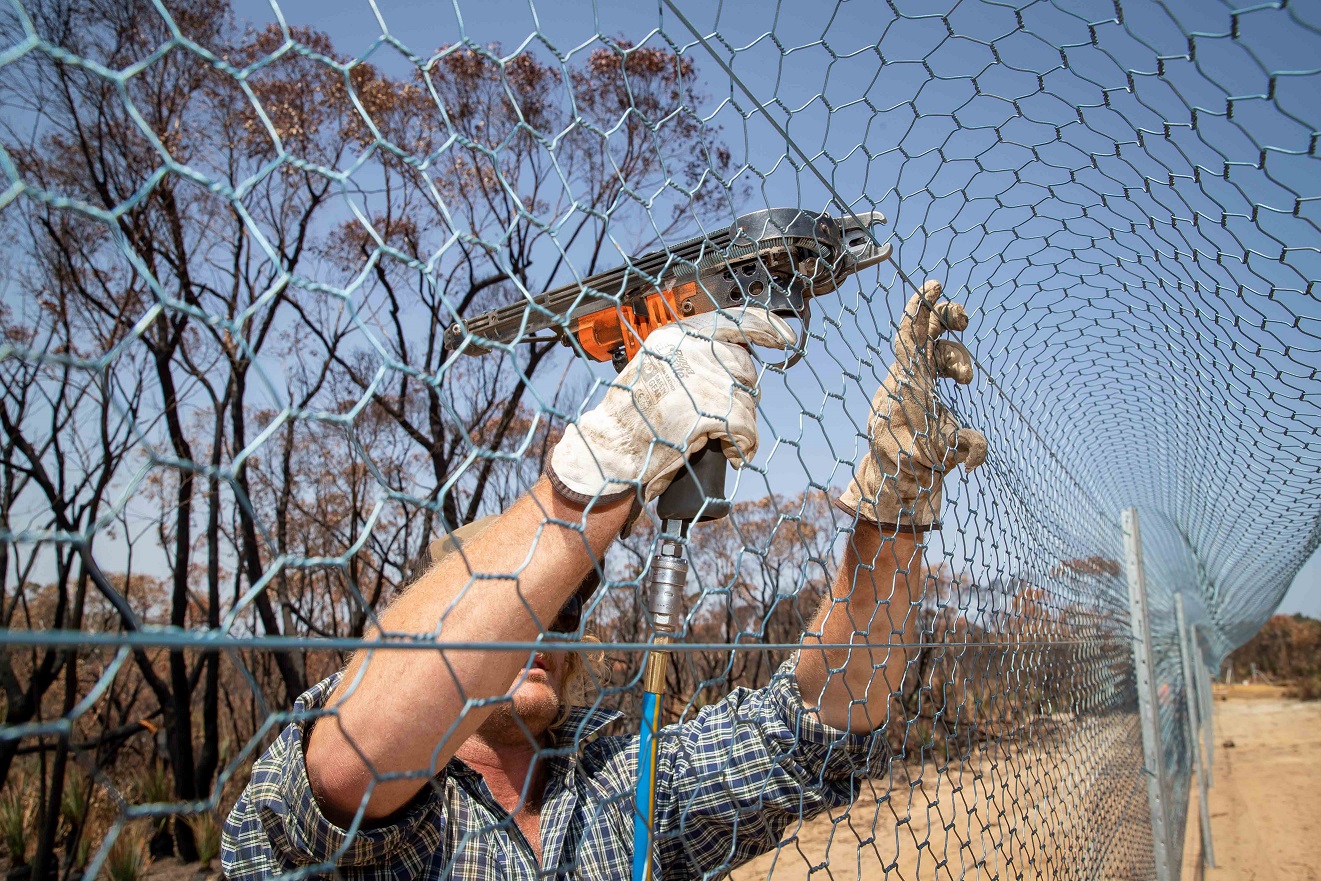 © Brad Leue/AWC
© Brad Leue/AWC
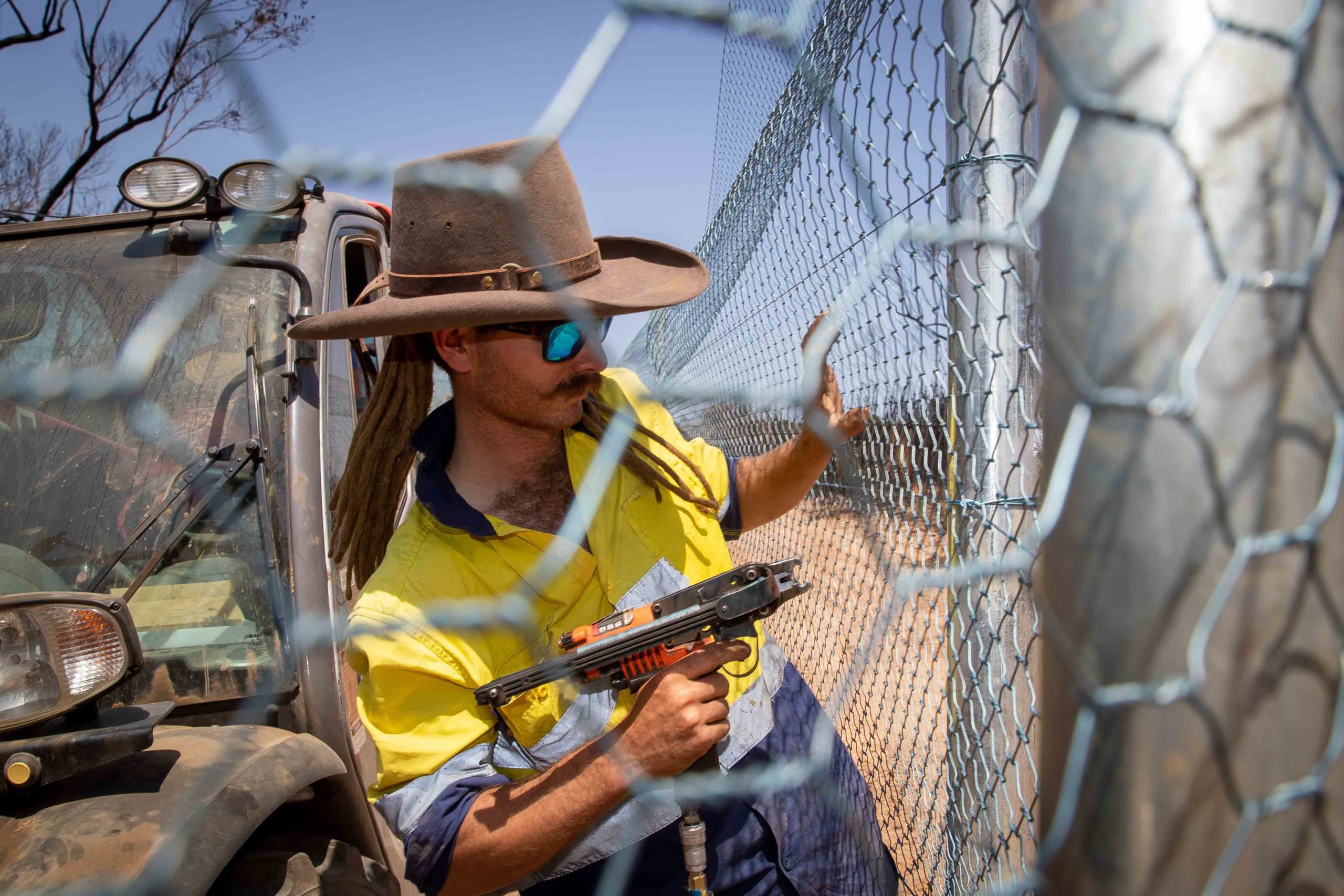 © Brad Leue/AWC
© Brad Leue/AWC
Working primarily at the Doube family’s property (Western River Refuge) with Kangaroo Island Land for Wildlife, AWC staff have also assisted with the removal of feral predators from the critical refuge, and extensive ecological work to facilitate the project.
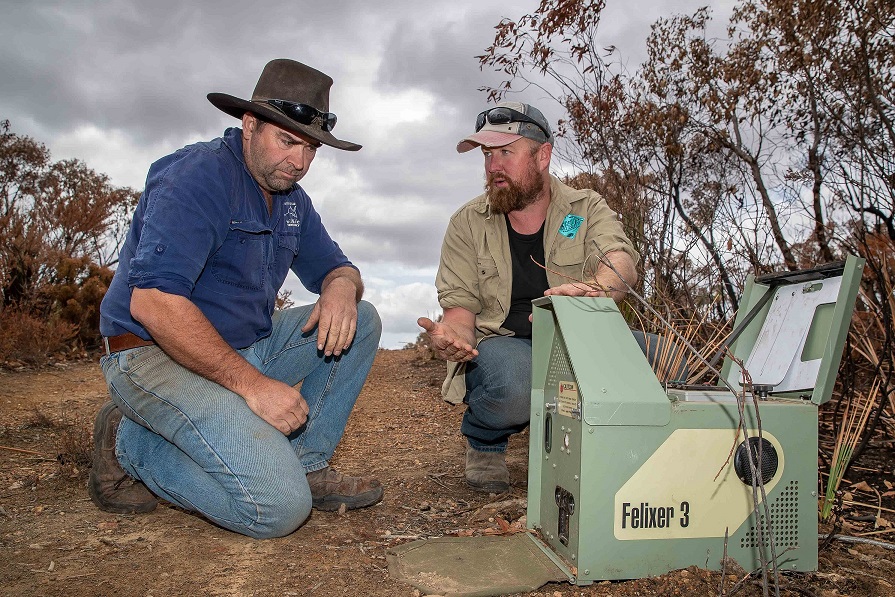 © Brad Leue/AWC
© Brad Leue/AWC
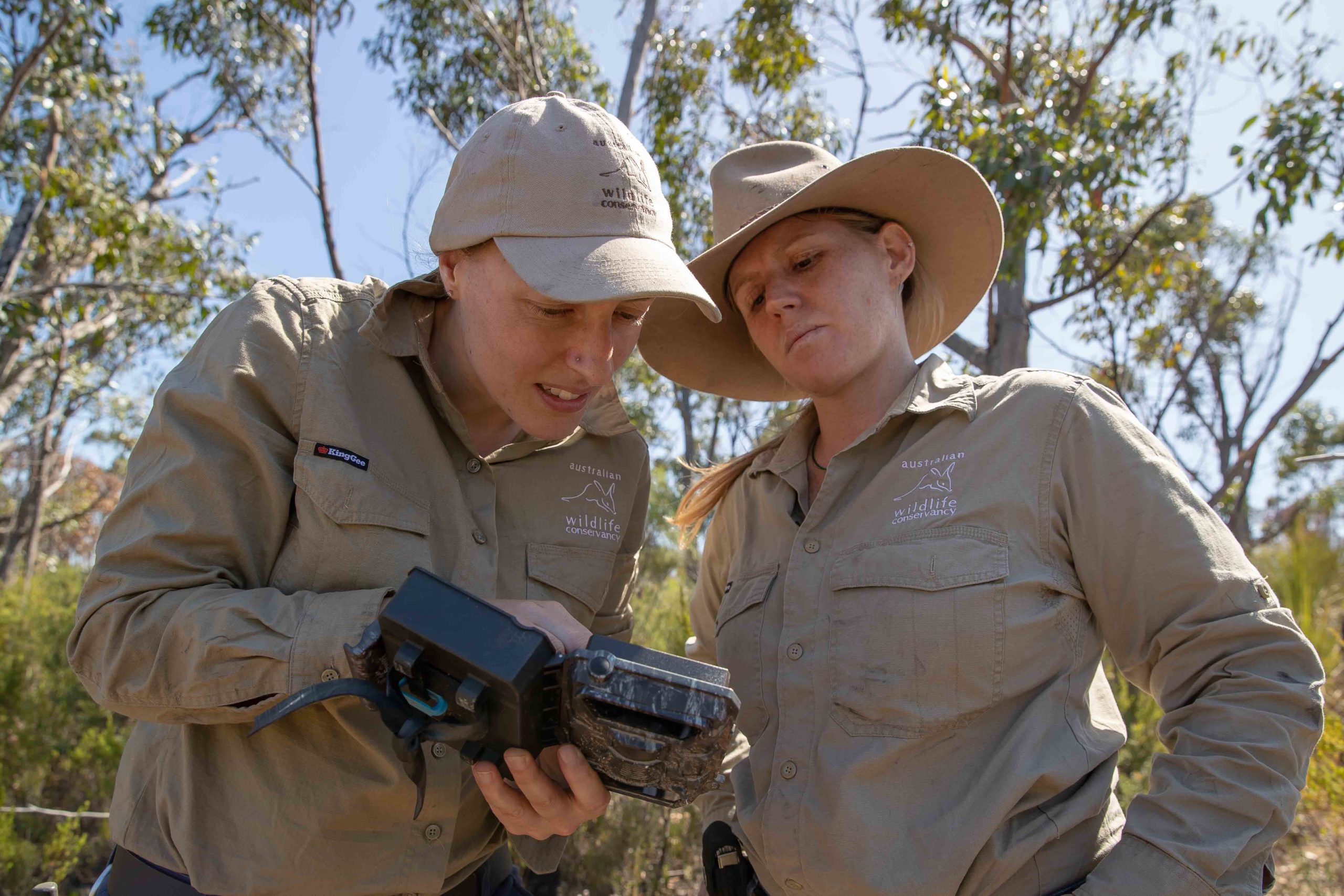 © Brad Leue/AWC
© Brad Leue/AWC
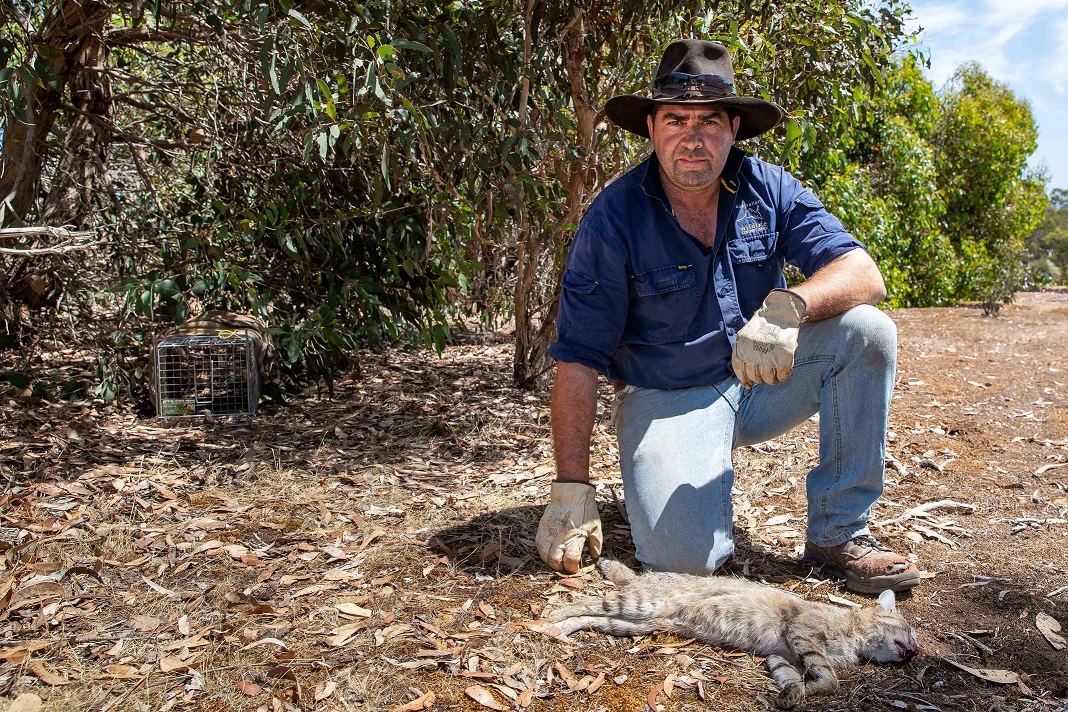 © Brad Leue/AWC
© Brad Leue/AWC
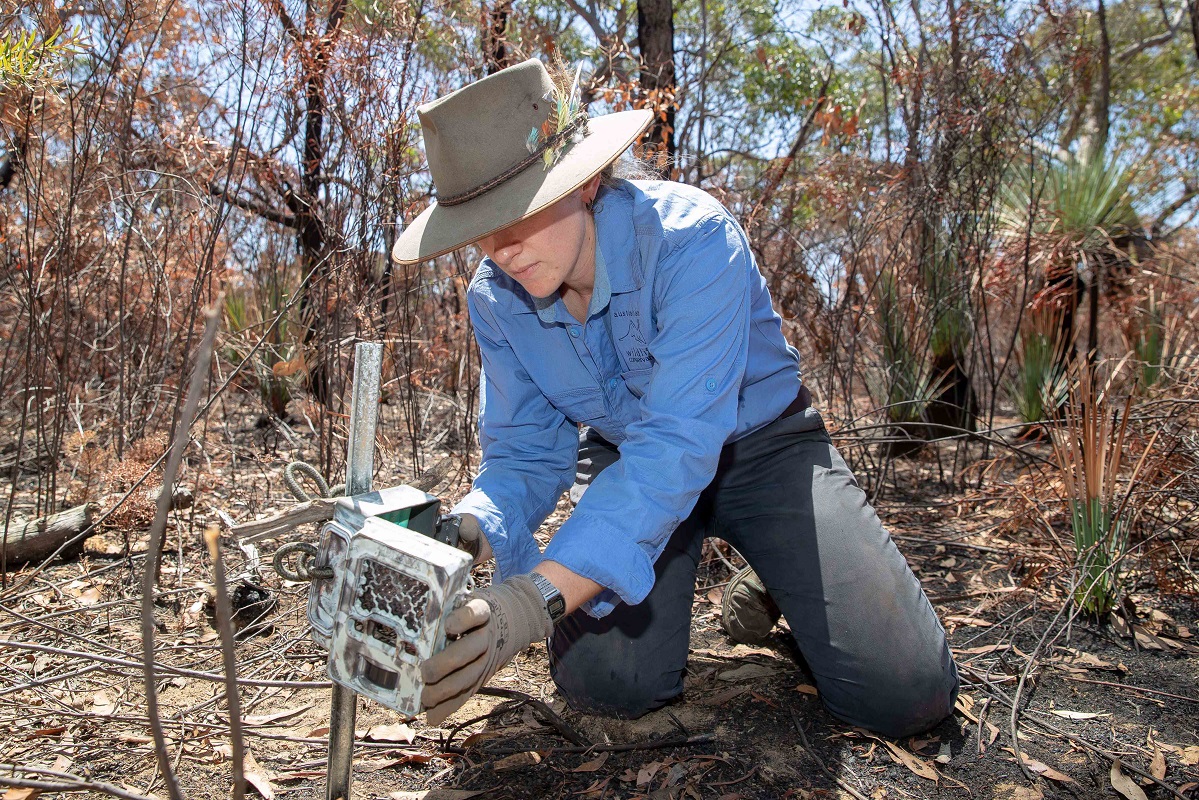 © Brad Leue/AWC
© Brad Leue/AWC
AWC ecologist, Emily Rush, working on the construction of drift fence lines and camera trap arrays to monitor dunnarts in other remnant patches outside the refuge.
The critical refuge offers respite for many other fauna threatened by the fires, including the Kangaroo Island Echidna, Bassian Thrush, Heath Monitor, Southern Emu-wren and Southern Brown Bandicoot.
With the first 13.8 hectares complete, preparatory work has commenced on Stage 2 of this project – creating a full-scale Western River Refuge of at least 370 hectares.
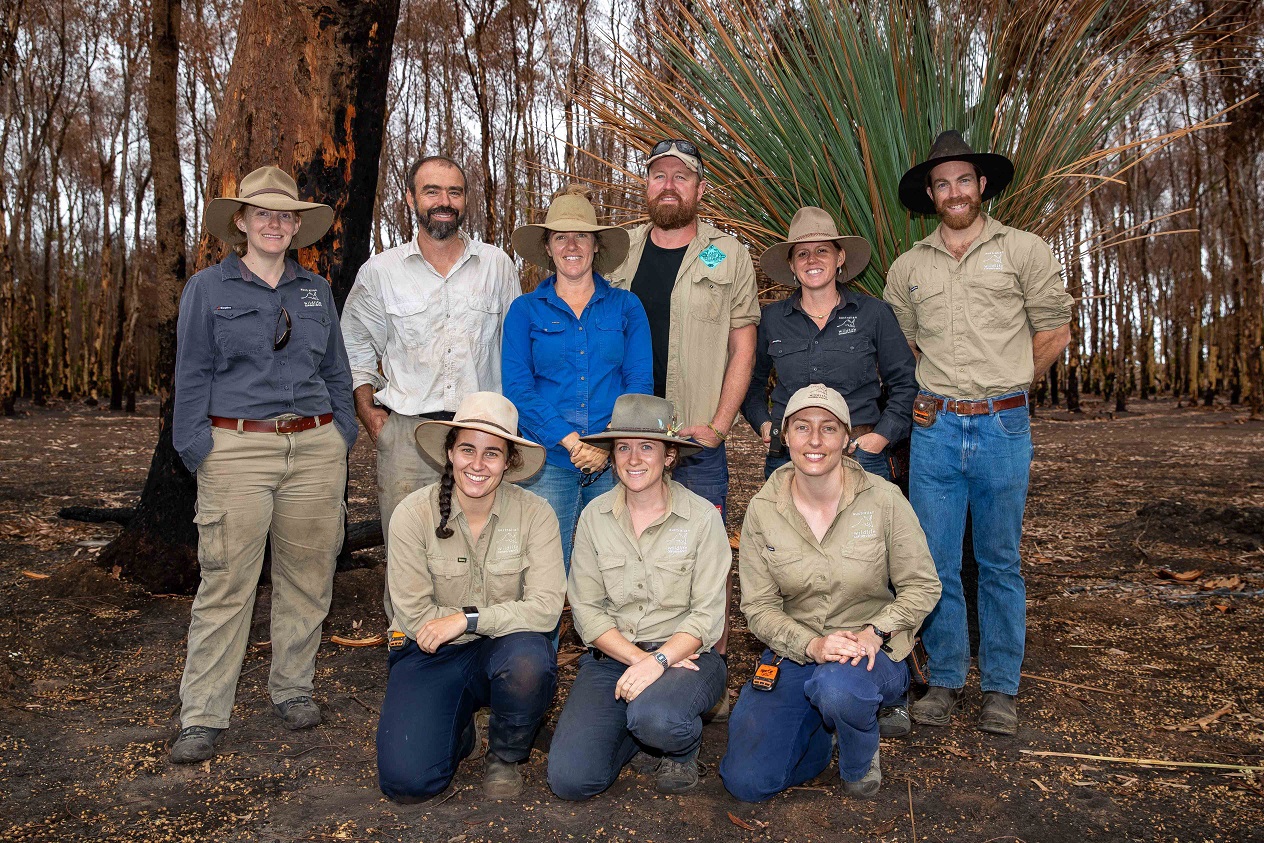 © Brad Leue/AWC
© Brad Leue/AWC
Working together for recovery
Alongside our ongoing work on Kangaroo Island, AWC is involved in several other bushfire recovery projects.
We’ve been working with conservation NGO South Endeavour Trust (SET) to conduct surveys at two of their fire-affected properties in northern New South Wales, where several threatened species have been detected.
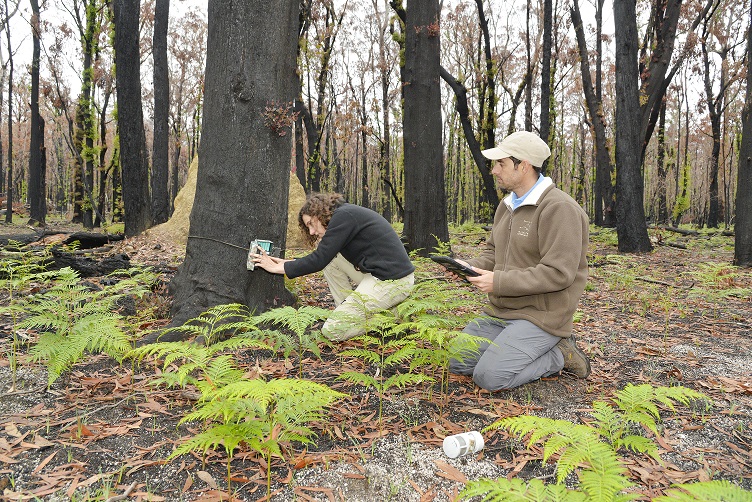 © Wayne Lawler/AWC
© Wayne Lawler/AWC
A total of 68 camera traps were deployed across both sites. AWC ecologists confirmed that a number of significant species had survived the fires at Bezzant’s Lease reserve, including Greater Gliders, Common Wombats, Koalas and endangered Spotted-tailed Quolls.
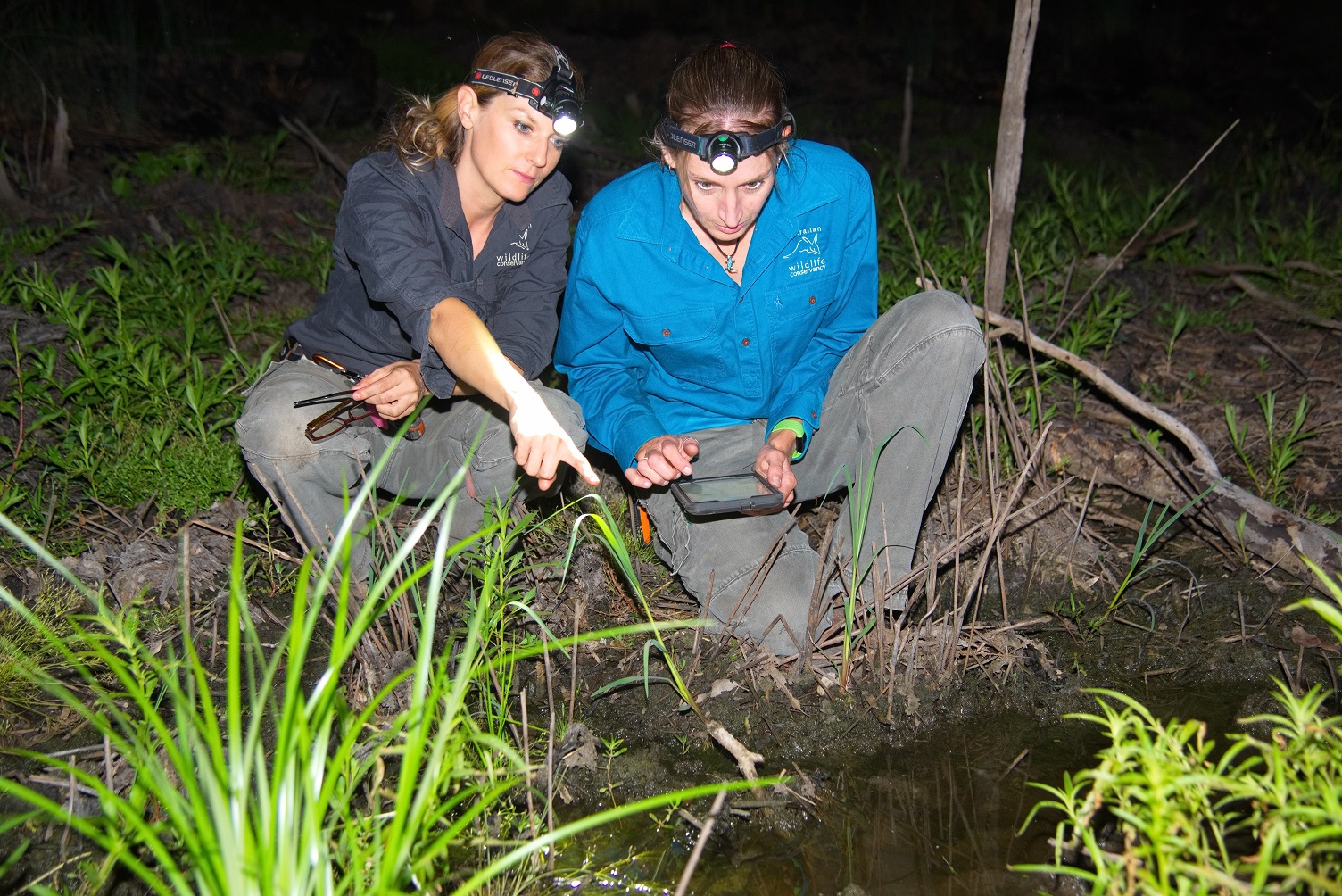 © Wayne Lawler/AWC.
© Wayne Lawler/AWC.
AWC has also been working with Wollumbi Landcare and other affected landholders in the Hunter region of NSW to provide advice on post-fire recovery, contribute to local workshops, and scope out possible longer-term collaborations.
Coming up, AWC ecologists will be working with Blue Mountains NGO, Science for Wildlife, to assist with its post-fire wildlife recovery project targeting threatened fauna such as the Koala, Greater Glider and Brush-tailed Rock-wallaby.
AWC scientists will also join forces with Birdlife Australia and the Australian National University to assist with surveying critically endangered Regent Honeyeater across 320 bushfire affected sites in the Burragorang and Capertee Valleys in the Blue Mountains.
We continue to be guided by science to determine the best possible course of action for restoring Australia’s bushfire-affected wildlife, and we thank you for your support at this critical time.
Help us restore Australia's threatened species
Donate now